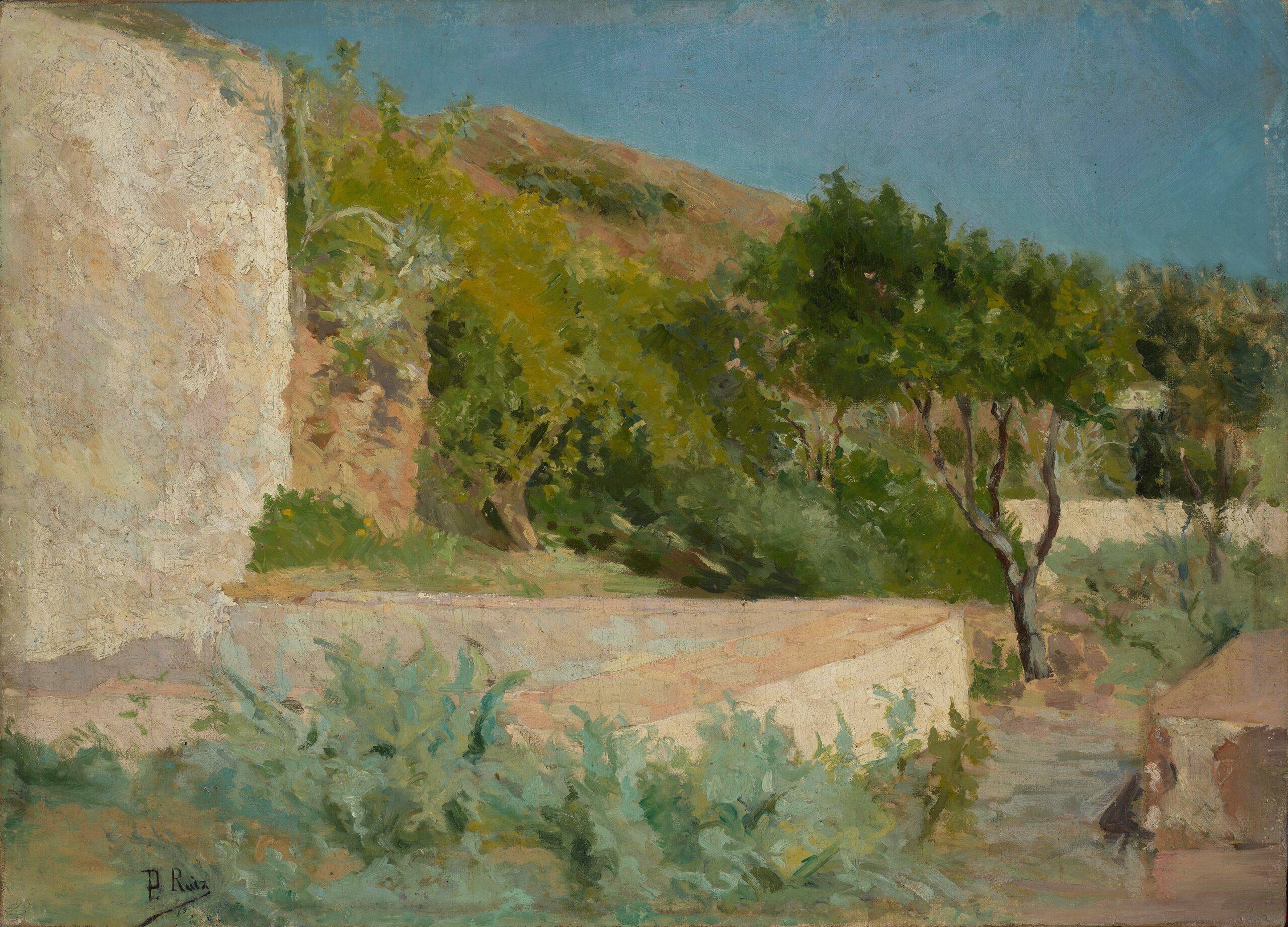Pablo Picasso
Tête d'homme
Executed in 1969, this work exemplifies Picasso’s late period, characterized by rapid, bold lines as if striving to encompass all he wished to create before his death at 87. This phase reflects a sense of urgency and vitality in his artistic expression.
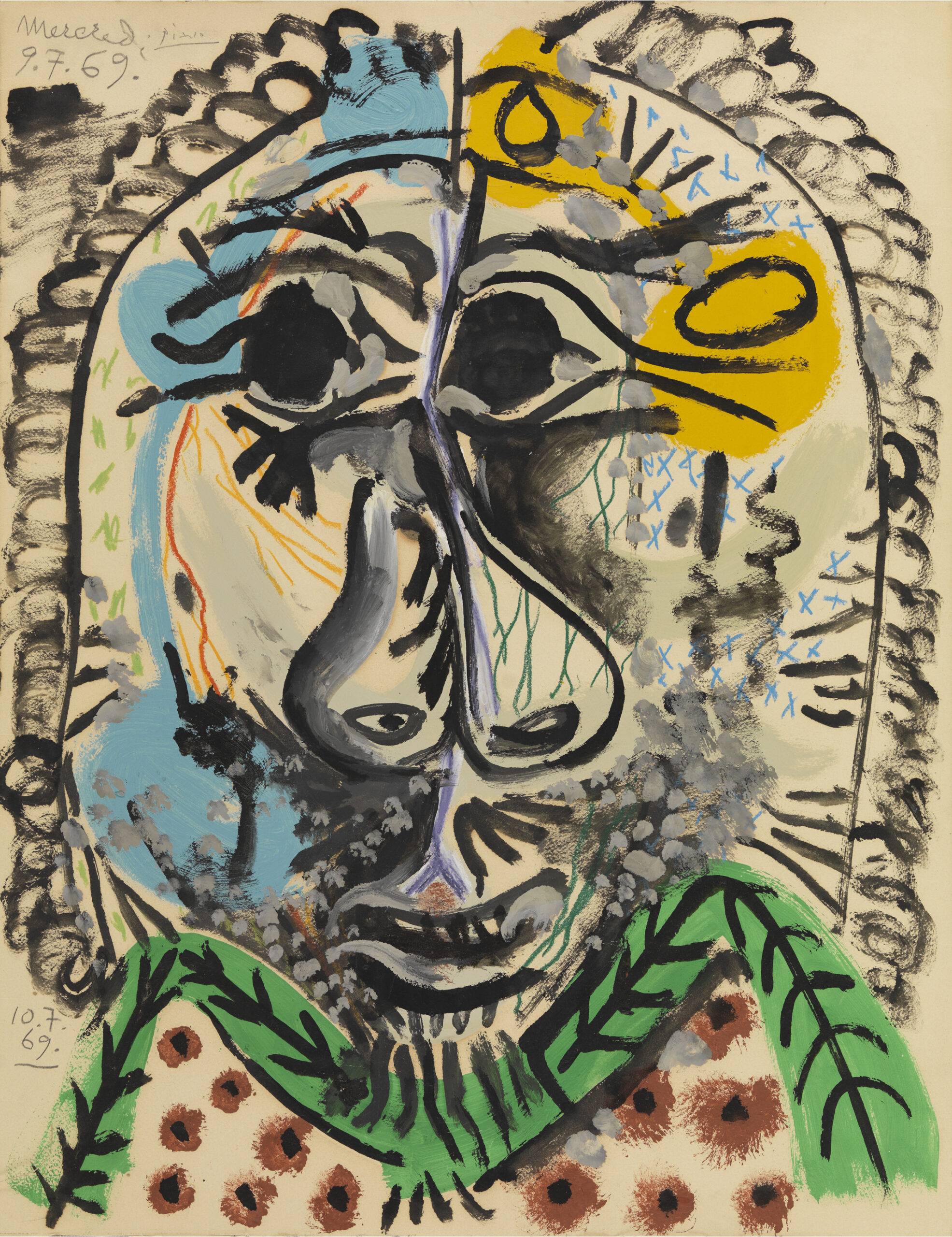
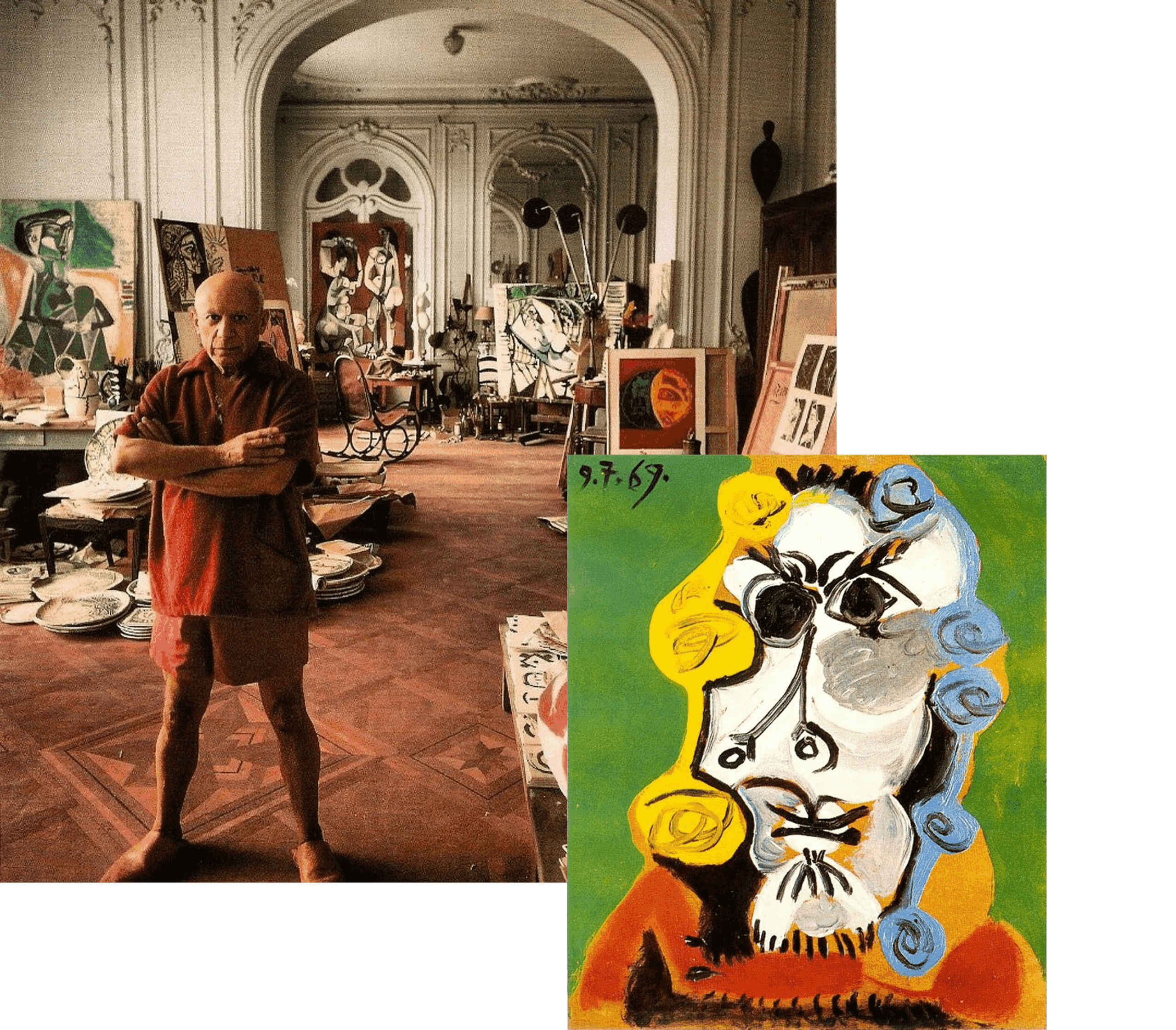
Painting Against Time: Picasso's Late Mastery
In 1969, Picasso was at the height of his creative powers, producing a prolific body of work. During this period, he became increasingly focused on male portraiture, exploring close-up compositions, vivid colors, and expressive details that captured the essence of his subjects. He experimented freely with form and brushwork, often blending bold, rapid strokes with subtle tonal variations to convey energy and emotion.
Beyond the visual impact, Picasso carefully documented the exact dates of each work, creating a precise record of his process. These late portraits stand as a testament to his relentless creativity and leave a lasting legacy, offering insight into both his artistic mastery and his dedication to preserving the story of his life’s work.
Technical Specifications
- Dimensions: 65.5 × 50.5 cm
- Technique: Oil on cardboard mounted on canvas (marouflé)
- Date: Wednesday, July 10, 1969
- Signature: Signed and dated in the upper right corner
- Catalogue Reference: Christian Zervos, Vol. XXXI, No. 307
- Provenance: Galerie Louise Leiris (Paris); exhibition at Galeria Gaspar (Barcelona, 1971); private collection, Barcelona (Ramon Caneda, 1971–2012); private ownership, Andalusia (2012); Cartel Fine Art SL (Malaga, 2014–2015)
- Authentication: Certified by Julian Radcliffe, Chairman, The Art Loss Register
- Condition: Good overall condition

Etude académique: Homme de dos au bâton
Executed in 1897 at the Llotja School of Fine Arts, this study demonstrates the precise anatomical and technical training typical of late 19th-century academic exercises, rather than the personal style for which Picasso would later become famous.
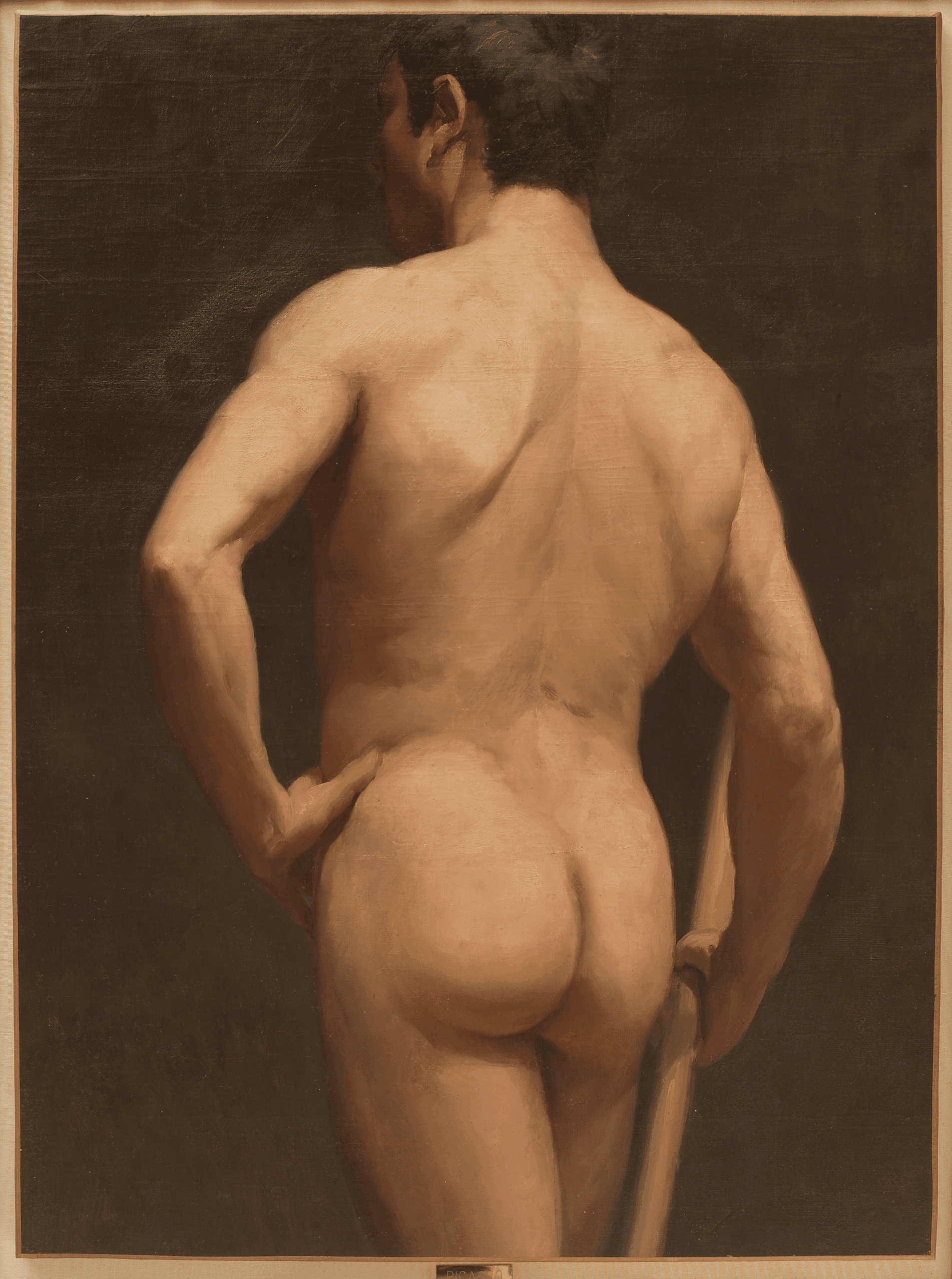
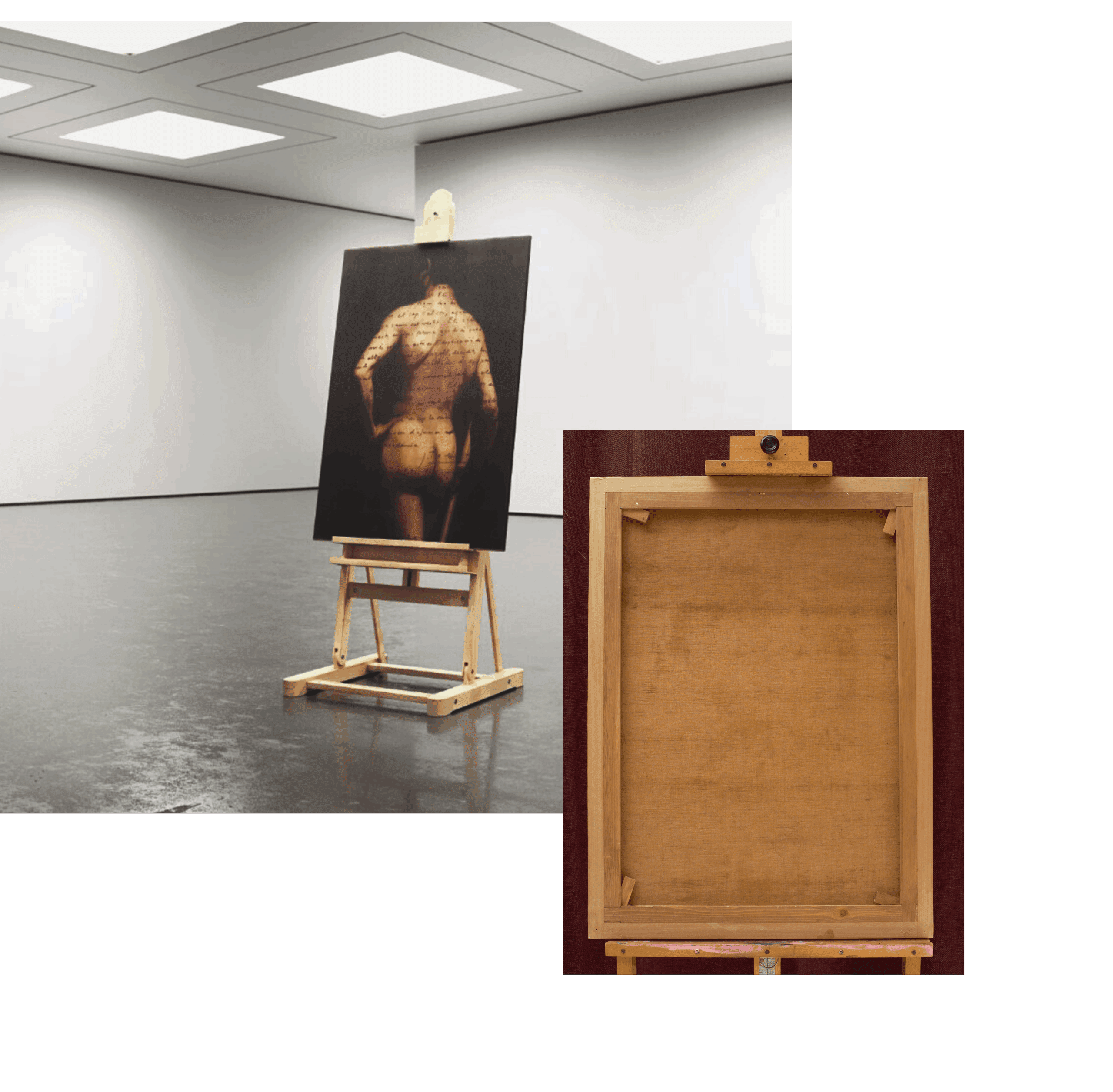
Early Picasso: From Technique to Talent
At 16, Picasso was deeply engaged in the rigorous curriculum of the Llotja School, where mastery of the human form and life drawing was essential.
While this study does not yet reveal the inventive style of Picasso’s later masterpieces, it offers a compelling glimpse into the making of a master. It demonstrates how careful, disciplined practice shaped his understanding of form, proportion, and movement—elements that would underpin his future innovations. The work is both a testament to the academic traditions of the time and a window into the early development of one of the 20th century’s most influential artists.
Technical Specifications
- Dimensions: 81 × 60 cm
- Technique: Oil on canvas
- Catalogue Reference: Catalogued in the On-Line Picasso Project by Enrique Mallen
- Authentication: Authenticated and certified by D. Josep Palau i Fabre, Caldes d’Estrac, August 16, 2003
- Provenance: Private collection, Barcelona; private collection, Córdoba; collection, Marbella; collection, Málaga


